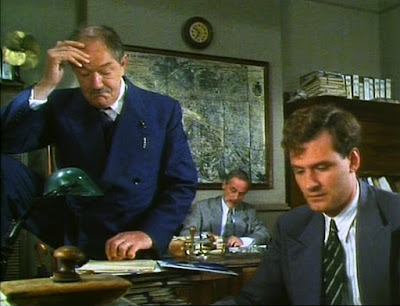From the end of February to the middle of August last year a large chunk of my time was taken up with my Waterloo Project. It culminated in what I termed a 'A Grand Review', and at the time I had plans to add a few more figures to the collection as and when I could. (These included figures some from Del Prado's RELIVE AUSTERLITZ that I managed to buy via eBay.) To date I have made no progress in either adding the additional figures or using the ones that I have varnished and based in a wargame ... but I have acquired a lot more figures thanks to Stuart Asquith and Tim Gow!
Back in early March I visited Stuart Asquith and took delivery of his collection of Del Prado RELIVE WATERLOO figures, and in the middle of the month Tim Gow managed to buy one hundred and fifty figures for me from the 'bring-and-buy' at TRIPLES. I have yet to take delivery of the latter, but during a lull in my current model ship building project I finally managed to have a serious look at the figures I got from Stuart ... and these can be seen below:
By the time I have varnished and based all these additional figures, my collection will be much larger than I ever envisaged it would be ... and I really will have start wargaming with them!
Back in early March I visited Stuart Asquith and took delivery of his collection of Del Prado RELIVE WATERLOO figures, and in the middle of the month Tim Gow managed to buy one hundred and fifty figures for me from the 'bring-and-buy' at TRIPLES. I have yet to take delivery of the latter, but during a lull in my current model ship building project I finally managed to have a serious look at the figures I got from Stuart ... and these can be seen below:
By the time I have varnished and based all these additional figures, my collection will be much larger than I ever envisaged it would be ... and I really will have start wargaming with them!





















.jpg)














